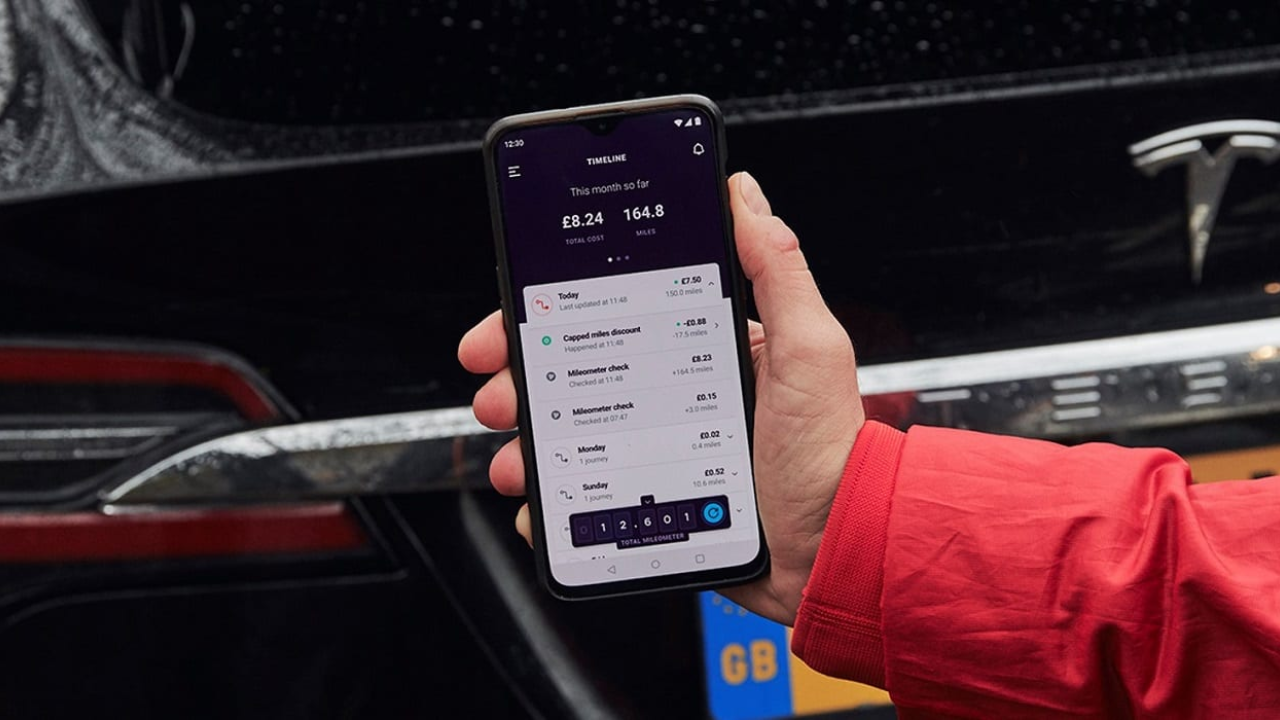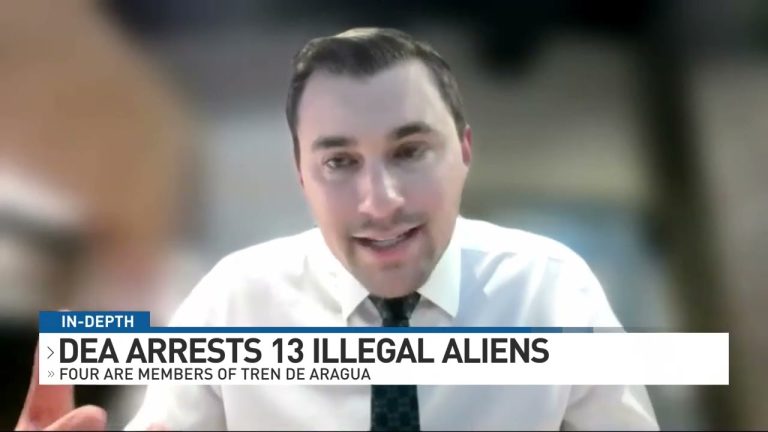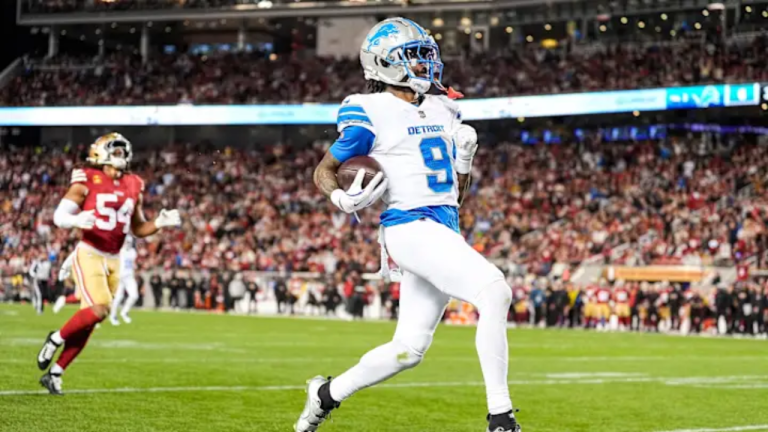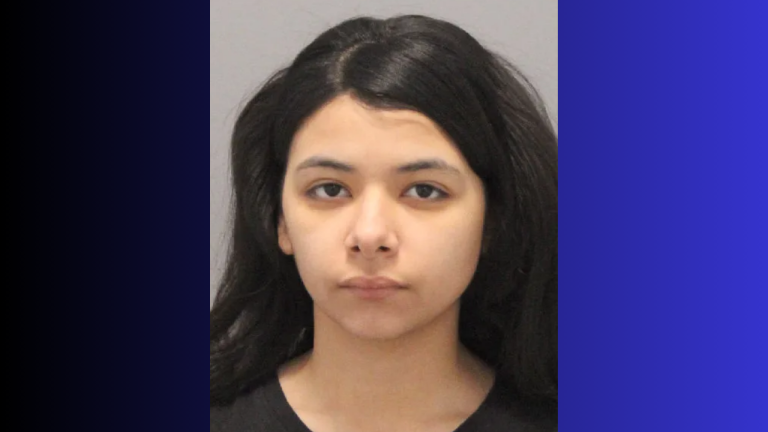The idea of a Road Usage Charge (RUC), or pay-by-mile system, has faced strong opposition.
Last week, 20,000 people signed up against it, showing that many do not support the plan.
Understanding the Feedback
Reema Griffith, Executive Director of the Washington State Transportation Commission (WSTC), has studied this plan for nearly 13 years.
She believes the strong opposition signals a need for better public education.
“Many people just don’t understand what the bill is doing,” Griffith said.
What Does The Pay-By-Mile System Mean?
There is a lot of confusion about what this system will change. It is understandable since this is a big shift in how roads are funded. However, here are the facts:
- You will not pay twice for the roads.
- You will not owe hundreds of extra dollars.
- You will not be forced to install a tracker in your car.
- The money collected will be protected and used only for road maintenance.
For over a decade, pilot projects tested this system. According to Griffith, participants found it easy to use.
“If you experience it, you quickly see that it’s not invasive,” she said. “It’s just an odometer read. There’s nothing to be afraid of.
The system is automated, and drivers don’t have to do anything to get their gas tax credits.”
Privacy and Tracking Concerns
Many fear that the government will track their movements. However, the system does not require tracking.
In the future, telematics or tracking might be an option for drivers who want to ensure they are not charged for miles driven outside the state. But right now, it is not mandatory.
Timeline for the Pay-By-Mile System
This change will not happen immediately. Here’s the timeline:
- 2029: The first mandatory users will be electric vehicle (EV) and hybrid owners.
- 2031: Gas-powered cars that get over 40 miles per gallon will be included.
- 2040s: Most drivers will be affected.
“It will be almost a decade before most people even have to deal with this,” Griffith explained.
Read More:
- Washington State Considers Removing George Washington From State Flag!
- Portsmouth Mine Pit Lake: The Deepest Lake Entirely in Minnesota!
Impact on EV and Hybrid Drivers
EV and hybrid owners are concerned about the costs. EV owners currently pay a $225 yearly fee, but they will likely pay more under this system. Hybrids will also see an increase.
“The goal is fairness,” Griffith said. “People who don’t pay or pay very little now will see a small increase, but we’re not talking about hundreds of extra dollars unless they drive 30,000-40,000 miles a year.”
The Cost for the Average Driver
Studies show that most drivers will pay under $30 per year after gas tax credits are applied. The average Washington driver currently pays under $300 per year in gas tax.
“Is it too much to ask drivers to pay a little more for road maintenance?” Griffith asked. “If we don’t, in 10 years, many roads could be in such bad shape they might turn to gravel.”
Gas tax revenue, which provides $1 billion per year for road maintenance, is expected to drop by 70% by 2050. This new system aims to fill that gap.
Concerns About Additional Fees
Some are questioning the extra 10% fee on the RUC charge that will go toward alternative transportation. This fee was not included in the original 13 years of discussions.
“I believe there are other ways to fund alternative transportation,” one critic stated.
The pay-by-mile system is a big change, and many details still need to be refined. But officials believe it is necessary to keep roads in good condition for the future.
Disclaimer- Our team has thoroughly fact-checked this article to ensure its accuracy and maintain its credibility. We are committed to providing honest and reliable content for our readers.























+ There are no comments
Add yours